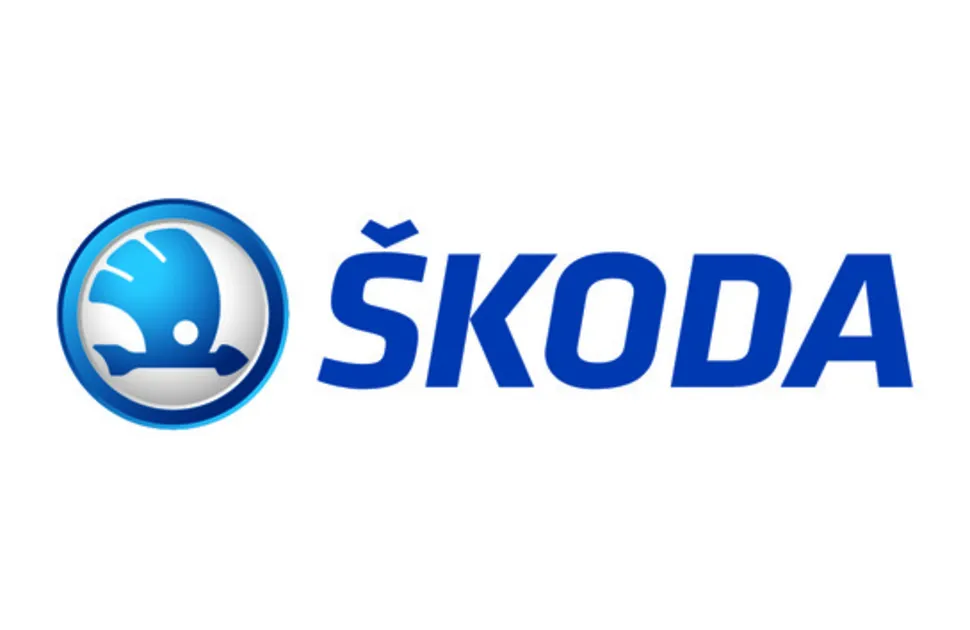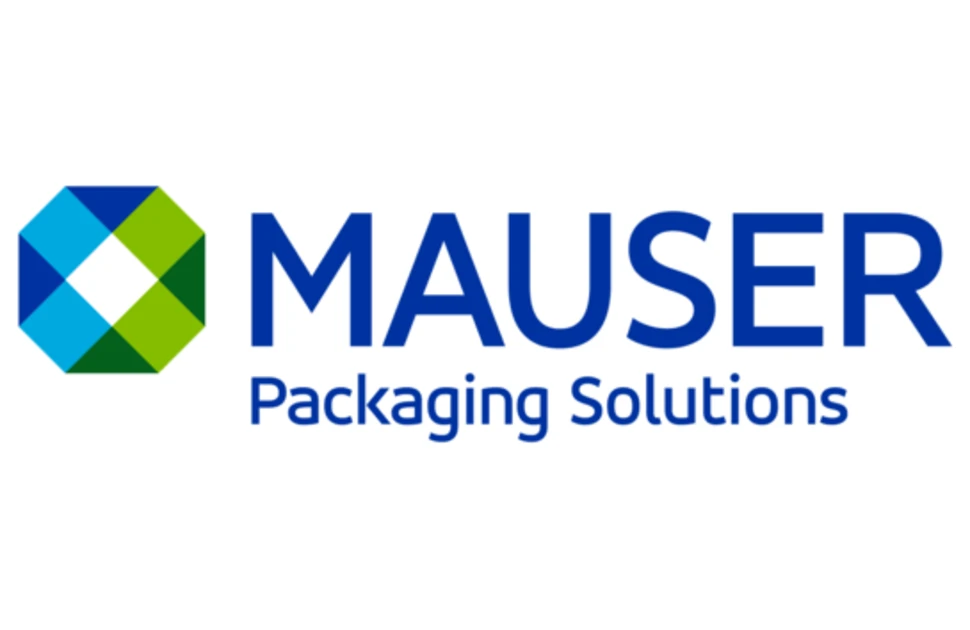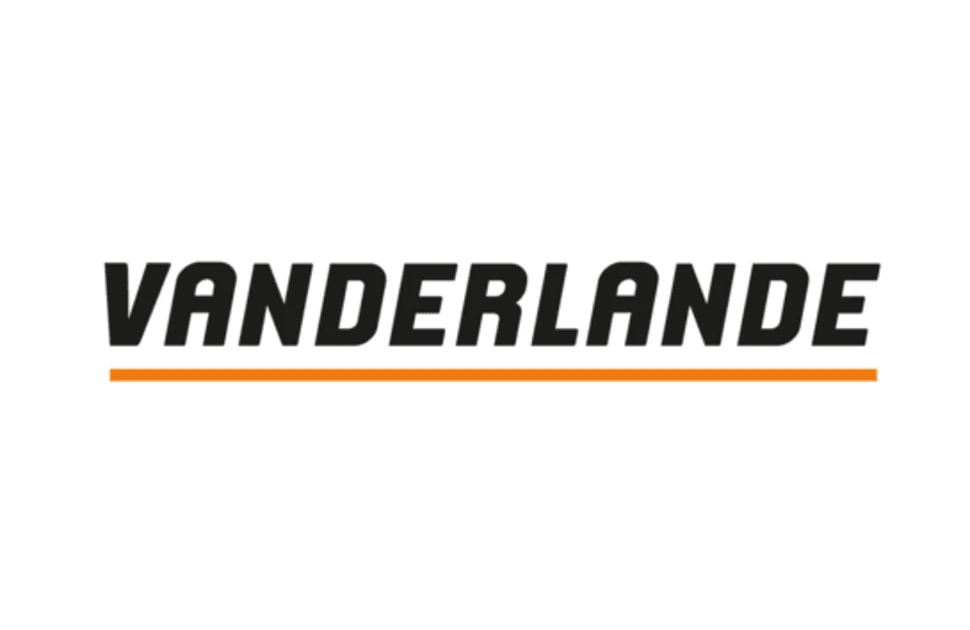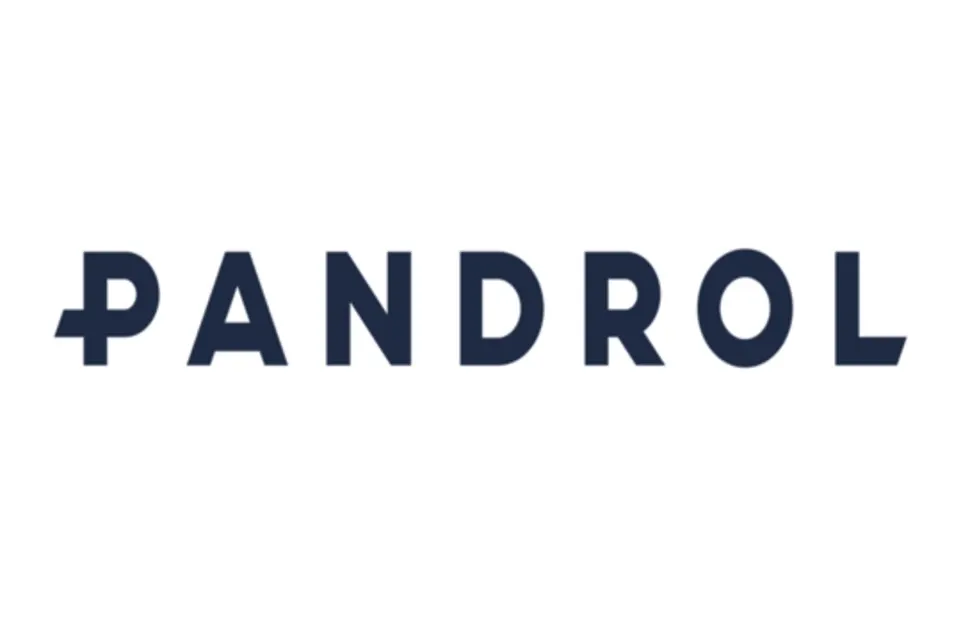Countries and companies adapt to US steel tariffs
Governments and companies across the world have been forced to adapt their strategies to navigate a higher-tariff environment following reinstatement of the United States’ 25% Section 232 tariffs on steel imports.
Tariffs remained at the forefront of conversations with MEPS’s research partners this month, with many US respondents attributing domestic demand weakness to the resulting market uncertainty. Despite a lack of clarity from the US government, companies and policymakers globally are already taking action.
Tariffs on US imports have risen sharply in recent months. According to S&P Global, the average US tariff rate is now around 17%, up from 2.5% a year ago but down from the 24% average in April, when most Chinese imports were subject to 145% duties. US importers are awaiting a final decision on the “reciprocal” tariffs levied on countries across the world, which is due by July 9.
However, the uncertainty is not expected to end there. The United States-Mexico-Canada Agreement is up for review in July 2026.
Canada’s steel industry hit hard
Almost all steel imports into the United States are now subject to the 25% tariff, which has been effective since March 14. This has already led to layoffs and cutbacks in Canadian steel production.
In response, both the Canadian government and domestic steelmakers have pivoted towards their home market. US-based Cleveland-Cliffs, which acquired Stelco in 2024, announced during its quarter one earnings that its new Canada-based operation will now sell exclusively in Canada. This shift will aim to increase its Canadian sales share from 70% to 100% of its production.
Additionally, the latest provincial budget in Ontario, where over half of Canada’s steel is produced, now includes a “Buy Canada” provision for steel in public infrastructure projects. Furthermore, the federal government has retaliated with a 25% tariff on US steel imports, effective from March 13, and is currently evaluating further measures to protect the industry. In 2024, Canada imported 8.3 million tonnes of steel, 40% of which came from the US.
Companies announce US steel investments
Steelmakers in Canada are not the only producers adjusting their strategies in light of policy decisions made by the Trump administration. Japanese steel giant Nippon Steel has pledged up to an additional USD4 billion investment in a new steel mill if the US government approves its acquisition of the company.
In a recent interview, Nippon chairman Takahiro Mori emphasised the strategic importance of the deal amid rising import tariffs. Further details on the type of steel mill, annual capacity and completion date are expected after the potential acquisition – now subject to a new investigation by the Committee on Foreign Investment in the United States – is finalised.
Shortly after the reinstatement of Section 232 tariffs, Hyundai Steel announced a USD5.8 billion investment for a new EAF-based steel mill in Louisiana. The mill will provide an annual steel production capacity of 2.7m tonnes, with commercial production targeted to begin in 2029, and will produce high-grade automotive steel sheets.
Following the initial introduction of Section 232 tariffs in 2018, several steel producers announced their commitment to investment in increased domestic steel production. However, not all were completed.
Nucor announced a new 1.2 million short tons plate facility in Brandenburg, Kentucky, in 2018, and a bar production unit in Darlington, South Carolina, in 2019 – both of which have been completed. In 2019, Steel Dynamics announced a new three million short tons flat rolled steel mill in Sinton, Texas, which opened commercially in 2022.
However, other capital projects, including a modernisation project by US Steel and a mill restart by Republic Steel, were never realised.
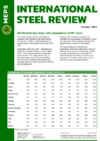
Source:
International Steel Review
The MEPS International Steel Review is an essential monthly publication, offering professional analysis and insight into carbon steel prices around the world.
Go to productRequest a free publication
